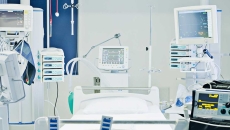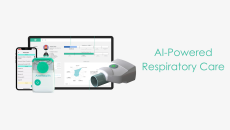Connected Health
It aims to build the largest connected care ecosystem in the country.
HIMSS23 APAC
Healthcare IT News’ APAC Managing Editor weighs in on the sessions he's looking forward to at the HIMSS APAC conference this year.
Dr. John Busigin, Covenant Health's Advanced Care at Home medical director, said that 20-30% of patients who traditionally received high acuity care at hospitals could receive virtual care through the program.
Despite difficulties with in-depth scans and legacy software risks, the director of medical device and IoT security at Henry Ford Health says more responsibility from device manufacturers and new regs from the FDA make him optimistic.
Signs point to yes – and mature remote patient monitoring and telemedicine tools will be key to helping providers capitalize on the shift, one technology leader says.
The company's portable, battery-operated and Bluetooth-connected device with RPM capabilities enables patients to complete respiratory treatments from anywhere.
In one example, RPM helped detect impending potentially fatal adverse events 18 hours in advance of readmission. A wearable sensors expert discusses the benefits of RPM in cancer care.
With remote therapeutic monitoring, care teams are alerted and can intervene quickly when a patient is concerned or isn’t progressing as expected. Early action potentially can prevent complications and avoid unnecessary ED visits.
Browse through the very latest case study stories from Healthcare IT News, stories that show how provider organizations are putting all kinds of technologies to use – and achieving significant results.
Hal Wolf says the decision to partner with Informa Markets, which will manage the HIMSS Global Health Conference and Exhibition, will enable a focus on "excellence and expansion." Informa exec Ken McAvoy promises growth for members worldwide.









